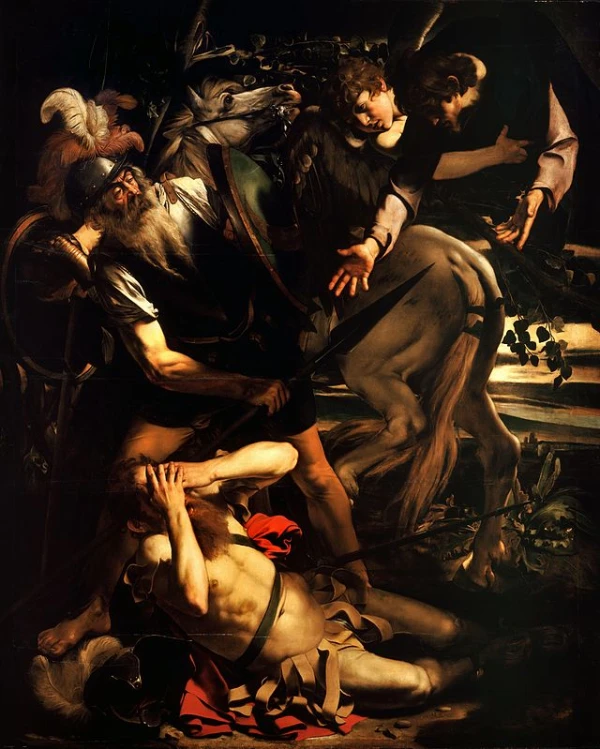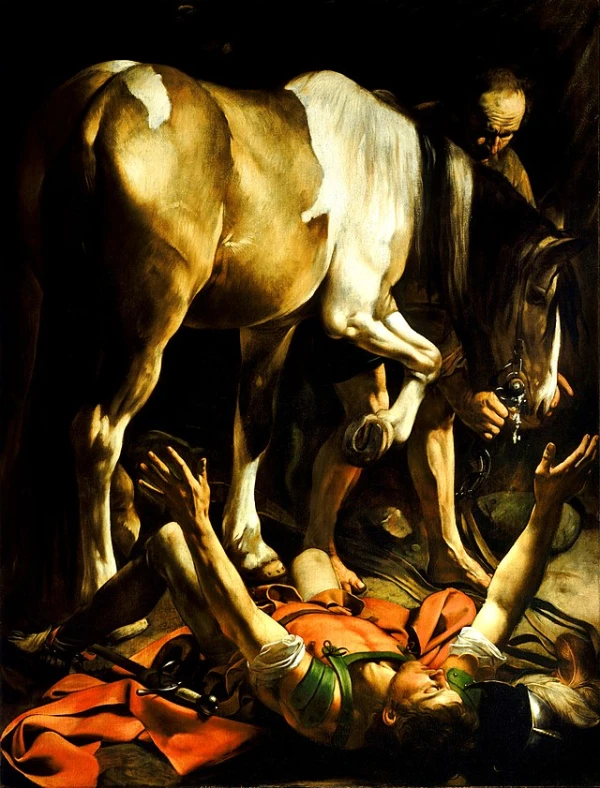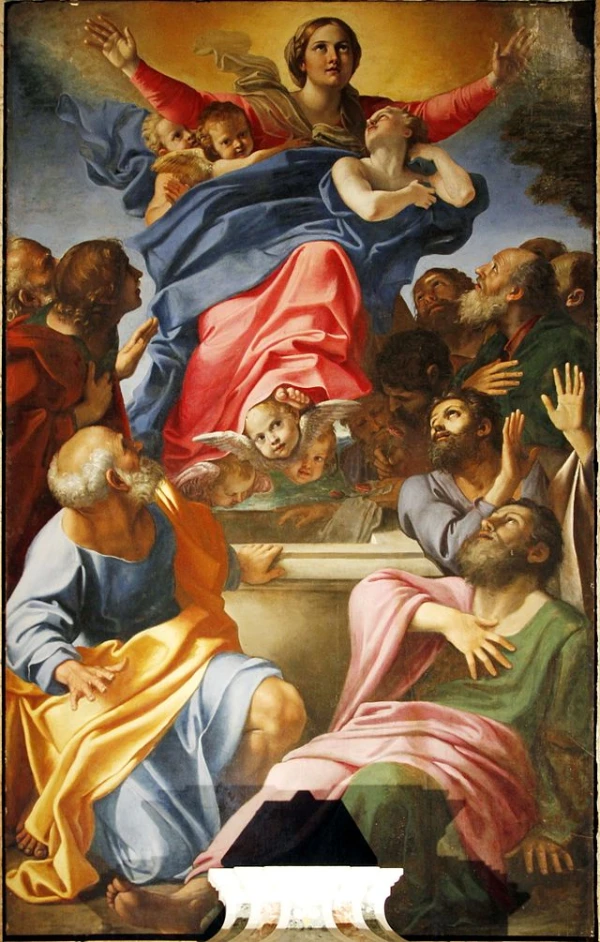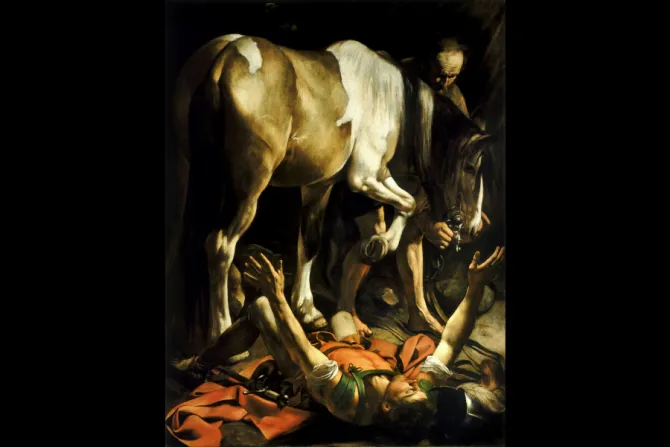CNA Staff, Jan 25, 2024 / 04:00 am
Even those who aren’t intimately acquainted with art history may be familiar with the Baroque master Caravaggio’s dual paintings depicting the conversion of St. Paul, two of the more famous works of art in the Western canon.
Yet the very fact that there are two such paintings remains something of an oddity, one that historians have puzzled over for centuries.
Caravaggio completed the first of the paintings, “The Conversion of Saint Paul,” at the same time as the equally monumental “Crucifixion of Saint Peter.” Both works were commissioned by the Roman jurist and papal treasurer-general Tiberio Cerasi for the Chapel of the Assumption in Rome’s Basilica of Santa Maria del Popolo.
“The Conversion” depicts Paul at the moment he “fell to the ground” and was struck blind by a revelation from Jesus Christ, as told in the Acts of the Apostles as well as several of Paul’s letters. After that experience, Paul became what God himself described as a “chosen instrument” who would “bring [the Lord’s] name before Gentiles and kings and before the people of Israel.”

As was the Baroque style, the painting is heavy with contrast: Profound strokes of light are met with dark, brooding shadows. Jesus Christ is depicted in the upper third of the image, reaching out to Paul while being assisted by an angel. Paul himself is seen as an older man with a beard.
Though the artist plainly invested a great deal of work in the painting, it would ultimately never make it to the Cerasi Chapel. Instead, Caravaggio would paint a second work, “Conversion on the Way to Damascus,” a substantially different depiction of Paul’s conversion showing a younger man knocked off his horse by the blinding light of God.

The popular historical account, written by Caravaggio’s contemporary Giovanni Baglione, holds that Cerasi rejected the first versions of both “Conversion” and “Crucifixion,” requiring the artist to paint the revisions that now hang in the chapel.
Catherine Puglisi, a professor emerita of art history at Rutgers University, said that version of events leaves “a lot of room for doubt because of the complicated circumstances surrounding the commission.”
“The most recent scholarship questions whether the first versions were rejected,” Puglisi told CNA. “The report that the patron did not like them comes from a biased source, i.e. an embittered contemporary who had every reason to tar Caravaggio’s reputation for posterity.”
Cerasi “most likely approved the designs of both the original Conversion and its companion [Crucifixion of Saint Peter] and may even have seen them before he died,” Puglisi said.
Cerasi had also commissioned the Bolognian artist Annibale Carracci to paint the altarpiece for the chapel; according to Puglisi, that work — ”The Assumption of the Virgin” — may have led Caravaggio to scrap and redo his paintings.
“It is possible that Caravaggio himself replaced the first versions when [Carracci’s] altarpiece for the chapel was unveiled,” she said. “According to this scenario, he would have realized that his own paintings looked old-fashioned in comparison.”
The second paintings offer “an artistic response calculated to match the monumentality of Annibale’s altarpiece,” Puglisi said.

(Story continues below)
Puglisi said it was “not unheard of” at the time for painters to have their finished products rejected by patrons, but “the circumstances around the commission are murky and allow for different interpretations” of why the replacement occurred.
The first version of Caravaggio’s depiction of Paul resides in Rome’s Palazzo Odescalchi Balbi; the tourist portal Turismoroma says this represents “one of the few works by Caravaggio belonging to a private collection.”
The final version, meanwhile, still hangs in the chapel for which it was made; its depiction of one of the great scenes of biblical history lets viewers see what one analysis calls “Paul’s moment of religious ecstasy” demonstrating “a spiritual rebirth,” one that would change the course of world history forever.






